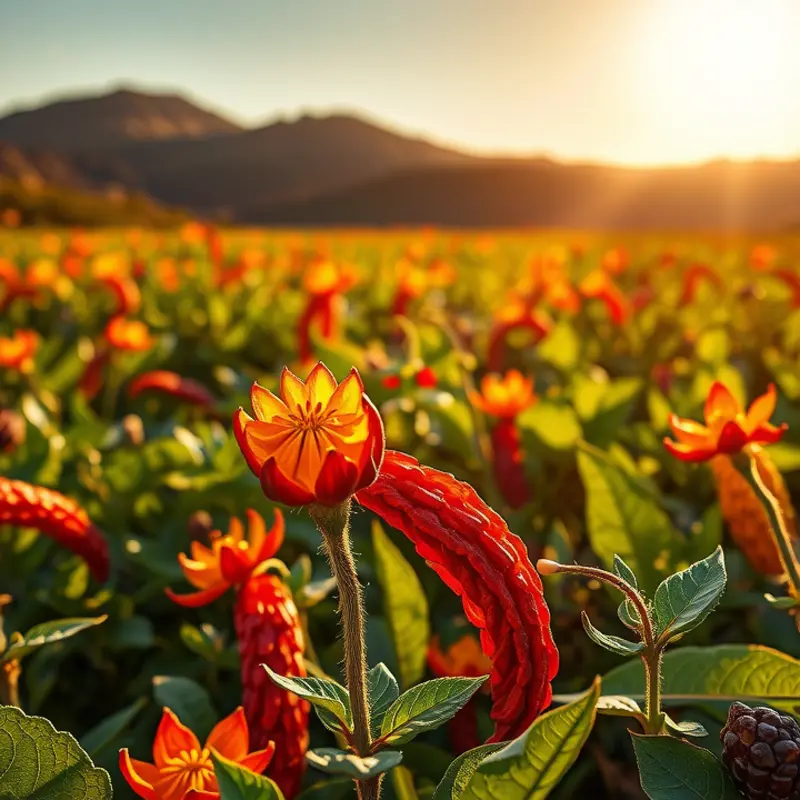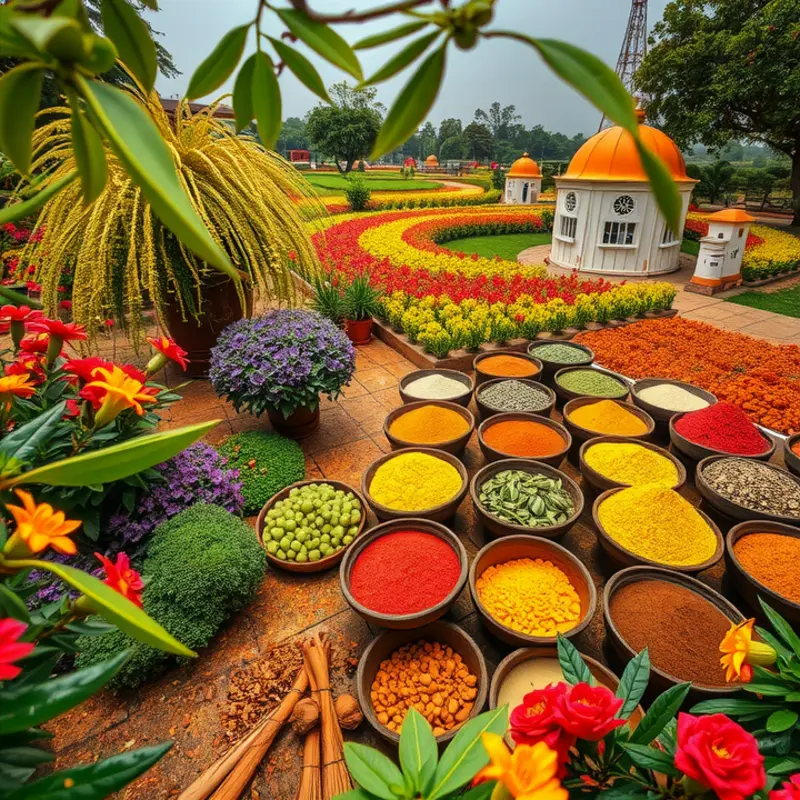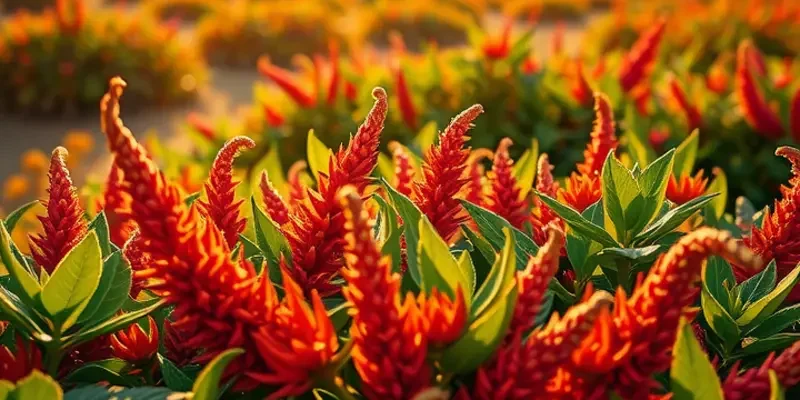Throughout history, spices have transcended borders, weaving themselves into the very fabric of diverse culinary traditions. From the aromatic markets of Marrakech to the cherished spice gardens of Kerala, each culture presents its own unique relationship with spices. This exploration highlights how spices flavor not just our foods but also our identities, rituals, and heritage. Join us on this flavorful journey as we delve into the rich tapestry of spice traditions from around the globe.
The Aromatic Tapestry of North Africa

The vibrant culinary traditions of North Africa, particularly in countries like Morocco and Tunisia, are rich with spices that tantalize the senses. The use of spices goes beyond mere flavoring; they are woven deeply into the cultural and social fabric.
Saffron, cumin, and harissa play pivotal roles in their culinary landscape. Saffron, sometimes called the “red gold,” is prized for its deep yellow hue and delicate aroma. In Morocco, saffron is a crucial ingredient in tagines. These slow-cooked stews often include a mix of lamb, vegetables, and aromatic spices. To truly appreciate the value of saffron, imagine its petals hand-picked from crocus flowers, as each filament transforms ordinary dishes into opulent fare.
Cumin is another cornerstone spice, characterized by its earthy and warming aroma. It’s liberally used in a range of dishes, from meat marinades to soups. In Morocco’s rich spice markets, you’ll find cumin packed in bulk, signifying its daily importance.
Key to Tunisia’s culinary identity is harissa, a fiery paste made from red chilies, garlic, olive oil, and various spices. Harissa serves as a base for many dishes, from grilled meats to couscous, imbuing them with a robust and spicy depth. In ceremonies and traditional celebrations, harissa symbolizes warmth and hospitality. It’s often prepared communally, linking generations through shared culinary practice.
The cultural significance of these spices extends beyond food preparation. Festivals like the Festival of Roses in Morocco, not only celebrate the blooming of aromatic flowers but also honor local spices and their heritage. At such events, markets buzz with the fragrance of these spices blending seamlessly with the celebratory air.
Exploring further into these spice tapestries, one begins to understand their role in expressions of identity. In regional weddings, spices are used in ceremonial meals to bless the union with abundance and prosperity. Cooking styles that incorporate these spices also vary by region, adding to the diverse aromatic landscapes of North Africa.
The North African approach to spices can be linked to broader culinary influences and trade, as explored in articles on culinary influences from trade. The historic spice trade routes brought not only ingredients but also techniques and traditions, enriching these cultures’ culinary practices.
Overall, the use of spices in North Africa is a testament to the regions’ deep culinary roots. From the bustling medinas to the intimate home kitchens, these spices engage the senses, sparking a global culinary conversation.
The Spice Caravan of India

The journey through India’s spice history is as intricate and colorful as the nation itself. India’s spice caravan traverses regions, unveiling a rich tapestry of flavors and aromas that have been an essential part of Indian households for centuries. Each region prides itself on its unique blend, yet they all share a common bond: the artful use of spices.
Garam masala, a blend of spices, showcases India’s ingenuity in flavoring. Each household has its special recipe, passed down generationally, serving as a family heirloom. It’s a fragrant meld of cinnamon, cloves, cumin, and black pepper, among other treasures, used to enliven everything from curries to lentil dishes. The secret lies in striking the perfect balance of these spices to suit one’s taste.
In the southern plains, turmeric reigns supreme. Known for its earthy flavor and vibrant yellow hue, turmeric is not just a kitchen staple but also holds cultural significance. It is integral to rituals and festivals such as weddings and Diwali, symbolizing purity and prosperity. Used in dishes from simple dals to complex biryanis, turmeric is celebrated for both its flavor and health benefits, as evidenced in Ayurvedic practices.
Cardamom, the “queen of spices,” embodies luxury. Kerala, with its lush forests, produces some of the finest cardamom pods. Their sweet, floral fragrance permeates Indian sweets and is often added to tea, enhancing the overall sensory experience. The use of cardamom extends beyond culinary applications; it’s a staple in Ayurveda, thought to improve digestion and detoxify the body.
Indian cuisine is a symphony of spices played to perfection, with dishes that are as varied as the regions from which they hail. Take biryani, for instance—a celebration of texture and flavor. Layers of spiced rice harmoniously blend with marinated meat or vegetables, slow-cooked to perfection. The dance of spices like saffron, cloves, and bay leaves creates a dish that is as much a feast for the senses as it is for the taste buds.
Curry, another quintessential Indian dish, varies widely across the subcontinent. Each variation tells a story of local ingredients and traditional techniques, with some featuring rich tomatoes and yogurt, while others rely on coconut milk and tamarind. This diversity reflects the country’s multicultural tapestry, where each community contributes its distinctive flavors to the national palette.
Learn about how these spices influence global cuisine, as they have crossed borders and inspired culinary revolutions worldwide.
In essence, India’s spice traditions are not just about enhancing taste but also about celebrating a way of life. From religious ceremonies to everyday meals, spices are woven into the very fabric of Indian existence, offering a vibrant and flavorful portrayal of the country’s rich cultural heritage.
Final words
Spices, with their vibrant flavors and aromatic profiles, are more than mere seasoning; they are a cultural heritage reflecting the histories and values of diverse societies. Each region’s unique spice practices not only enhance our culinary experiences but also tell stories of trade, tradition, and transformation. As we savor dishes infused with spices from across the globe, we celebrate the shared human experience of flavor, connection, and the profound impact of food on our culture. So, whether you’re trying a curry from India or a tagine from Morocco, remember that every bite carries the essence of its origin.








